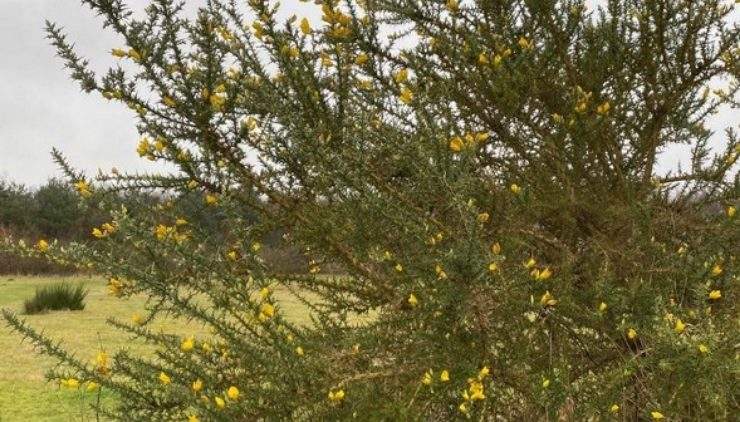September & October 2011
- Categories:
- Nature
Fungi tend to fruit best in a mild, damp autumn and if we get these conditions in November, then some of the commoner species such as Fly agaric and Clouded funnel may put on a show, but for most species it is too late in the year and we will have to see what next year brings.
The unseasonal warm weather seemed to also persuade a number of summer migrant birds to stay on a bit longer than is usual. In early September, with the help of licensed bat handler Sam Phillips we checked the bat boxes at Kelling and we found a number of bats and three of the five species of bat found at Kelling –Noctule, Natterer’s and Brown long eared. Some of the bat boxes are beginning to show their age and we will replace some this winter and will add additional boxes in suitable locations. When I put out live catch, small mammal traps as part of the mammals session during the October half term I was delighted to catch a good number of bank voles as well as the usual woodmice. The catch included some immature animals indicating that this species has had a good breeding season this year.
There seem to be very good number of geese this year with large skeins of Brent and Pinkfoot geese moving around the coastal area. One of the most exciting species to be recorded at Kelling this year was a solitary short eared owl that was seen hunting over Kelling Heath for a couple of days in late October. This may have been one of a group of over 40 that were seen on the Northwest Norfolk coast earlier in October.
Short eared owls are mainly diurnal, that is they hunt by day, so they can be easy to observe. Short eared owls are capable of travelling long distances and often migrate from Europe in autumn, often making landfalls with other classic October migrants like the woodcock. It is this link between the species that explains its old name of woodcock owl. The short-eared owl’s main diet is composed of small mammals, particularly voles and so the bird at Kelling was probably appreciating the abundance of prey.
Another classic September/October sight and sound is the arrival of flocks of redwings and fieldfares from Scandinavia. This autumn some of the flocks have seemed particularly large. The flight call of the redwing is really atmospheric and in many ways warns us that summer is over and winter is on its way. Much of the migration of redwings takes place at night and in an average winter as many as a million are thought to arrive in this country. Most bird species from the far north have little contact with humans and usually exhibit remarkable tameness but redwings buck the trend. They are far more flighty and nervous than other thrushes.
The Redwing is second only to the Fieldfare in terms of beauty and since the two species are often together, they provide a double spectacle. Perched redwings show a reddish/orange crescent along the flank but the Redwing name comes from a large patch of rufous chestnut across the whole of the underwing coverts which are visible in flight. Fieldfares are known as Fulfers in Norfolk and with their loud chacking calls and contrasting colours they really are stunning birds. They are usually a lot less shy than redwings and seem really good at tracking down the last berries at the end of winter.
Last winter was exceptional for the number of waxwings reaching these shores and it is certainly worth looking out for these exciting birds once again this year as already a few birds have landed on our shores.


